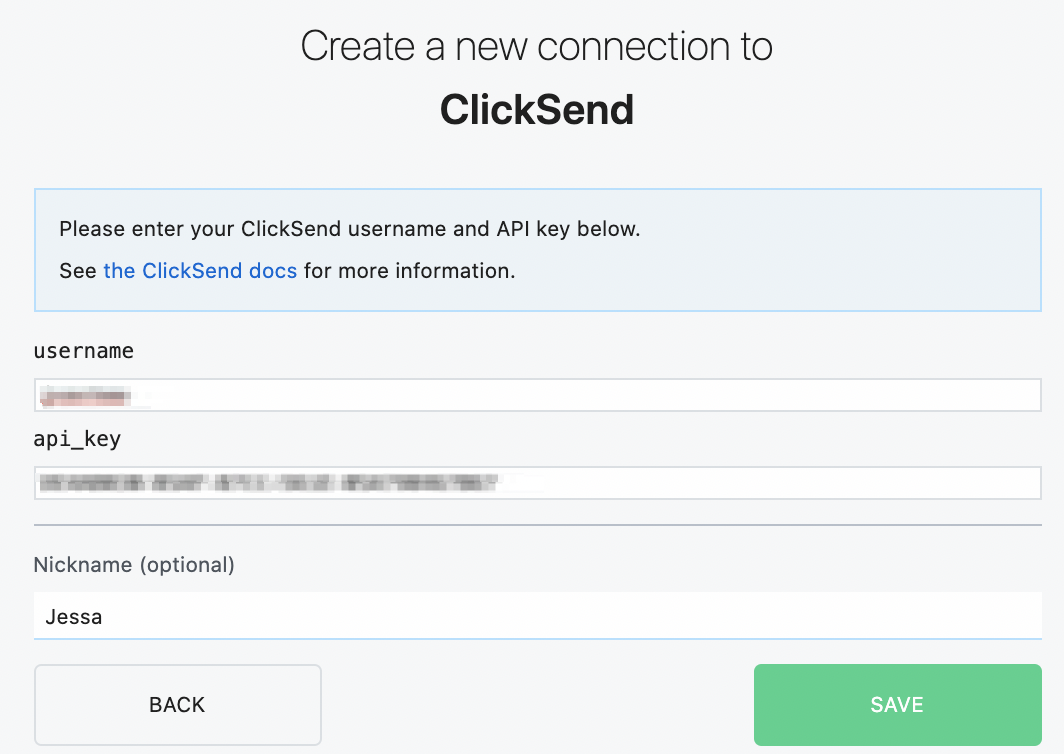What do you want to automate
with ClickSend SMS and WooCommerce?
Prompt, edit and deploy AI agents that connect to ClickSend SMS, WooCommerce and 3,000+ other apps in seconds.
Trusted by 1,000,000+ developers from startups to Fortune 500 companies
Popular Ways to Connect ClickSend SMS with WooCommerce#
Popular ClickSend SMS and WooCommerce Triggers#
Emit new event for each new incoming SMS message received. See the documentation
Emit new event when a new voice message is received or sent. See the documentation
Emit new event each time the specified coupon event(s) occur
Emit new event each time the specified customer event(s) occur
Emit new event each time the specified order event(s) occur
Popular ClickSend SMS and WooCommerce Actions#
Creates a new contact in a specific list. See the documentation
Sends a new MMS to one or multiple recipients. See the documentation
Overview of ClickSend SMS#
The ClickSend SMS API unlocks the potential to integrate robust messaging capabilities into your workflows. With Pipedream, you can not only send SMS messages programmatically but also automate notifications, streamline communication based on events, and much more. Whether you're confirming orders, alerting staff, or engaging with customers, ClickSend and Pipedream make these tasks seamless.
Connect ClickSend SMS#
import { axios } from "@pipedream/platform"
export default defineComponent({
props: {
clicksend: {
type: "app",
app: "clicksend",
}
},
async run({steps, $}) {
return await axios($, {
url: `https://rest.clicksend.com/v3/account`,
auth: {
username: `${this.clicksend.$auth.username}`,
password: `${this.clicksend.$auth.api_key}`,
},
})
},
})
Overview of WooCommerce#
WooCommerce is a customizable, open-source eCommerce platform built on WordPress. With the WooCommerce API, you can tap into the heart of your eCommerce store to read, create, update, and delete products, orders, and customers. On Pipedream, you can harness this API to automate routine tasks, sync data across platforms, and enhance customer experiences. By connecting WooCommerce to a wide array of apps and services, you can streamline operations, trigger personalized marketing, and analyze your sales data with greater ease.
Connect WooCommerce#
import { axios } from "@pipedream/platform"
export default defineComponent({
props: {
woocommerce: {
type: "app",
app: "woocommerce",
}
},
async run({steps, $}) {
return await axios($, {
url: `https://${this.woocommerce.$auth.url}/wp-json/wc/v2/orders`,
auth: {
username: `${this.woocommerce.$auth.key}`,
password: `${this.woocommerce.$auth.secret}`,
},
})
},
})
Community Posts#

